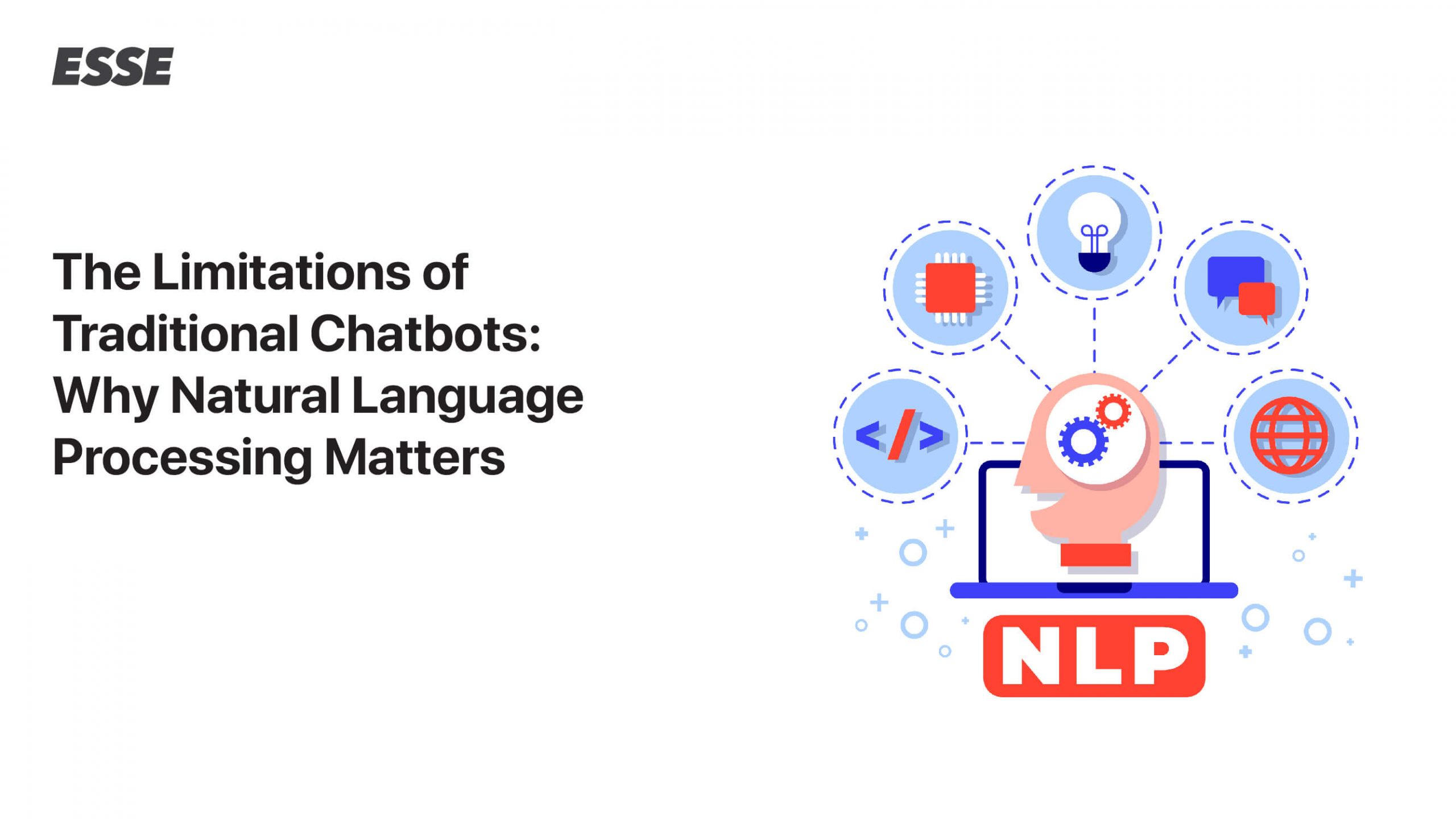Traditional chatbots are rule-based and follow a pre-defined set of rules and responses programmed by developers. These chatbots can only respond to specific user inputs and cannot adapt to new or unexpected scenarios. They typically rely on simple decision trees or if-then statements to guide the conversation.
Unlike conversational AI, traditional chatbots lack natural language processing capabilities and cannot understand context, making them less flexible and more prone to errors.They are text-based and respond to user queries and inputs with text-based responses. They lack the ability to understand or respond to spoken language and are limited to text-based interactions.
While they have some benefits, there are also some perceived negatives associated with them.
Benefits of Traditional Chatbots:
- 24/7 Availability: Traditional chatbots can be programmed to work 24/7, providing instant responses to customer queries and saving companies valuable time and resources.
- Cost-Effective: Chatbots can save companies money on hiring additional staff to handle customer inquiries and support.
- Increased Efficiency: Traditional chatbots can handle multiple customer inquiries at once, providing quick and efficient responses to common questions.
Drawbacks of Traditional Chatbots:
- Limited Interactions: Traditional chatbots are typically limited to text-based interactions, which can be frustrating for customers who prefer more natural and conversational interactions.
- Lack of Contextual Understanding: Traditional chatbots often struggle with understanding the context of a conversation, leading to generic or irrelevant responses that can leave customers feeling frustrated.
- Limited Personalization: Traditional chatbots often provide generic responses that do not take into account a customer’s unique situation or preferences, leading to a lack of personalization and potentially negative experiences.


Leave a Reply